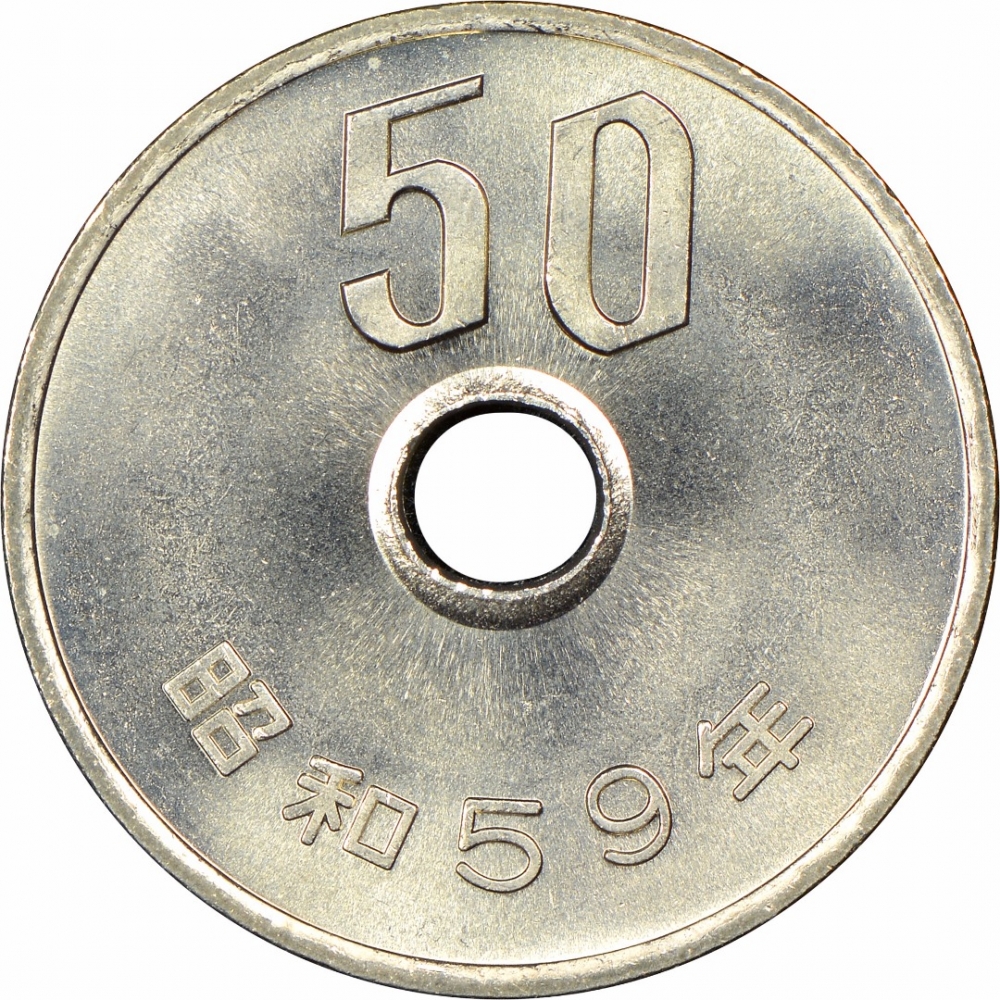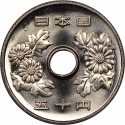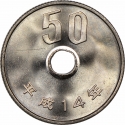You are about to finish your registration. Please check your mailbox (including spam folder). There should be a letter with a confirmation link. Check setting to make sure that your e-mail address is correct.
Send letter againDescription
Hirohito (1901–1989) was the 124th Emperor of Japan according to the traditional order of succession, reigning from 25 December 1926, until his death on 7 January 1989. In Japan, reigning emperors are known simply as "the Emperor" and he is now referred to primarily by his posthumous name, Shōwa (昭和), which is the name of the era coinciding with his reign; for this reason, he is also known as the "Shōwa Emperor" or "Emperor Shōwa."
At the start of his reign, Japan was already one of the great powers—the ninth-largest economy in the world, the third-largest naval power, and one of the four permanent members of the council of the League of Nations. He was the head of state under the Constitution of the Empire of Japan during Japan's imperial expansion, militarization, and involvement in World War II. After Japan's surrender, he was not prosecuted for war crimes as many other leading government figures were, and his degree of involvement in wartime decisions remains controversial. During the post-war period, he became the symbol of the new state under the post-war constitution and Japan's recovery, and by the end of his reign, Japan had emerged as the world's second largest economy.
Obverse

|
Center hole flanked by chrysanthemums, state name on top and value below. 日 本 国 |
|---|---|
Reverse

|
Numeral 50 above center hole with the year of issue in Kanji below. 50 |
| Edge |
Characteristics
| Material | Cupronickel |
| Weight | 4 g |
| Diameter | 21 mm |
| Thickness | 1.7 mm |
| Shape |
|
| Alignment | Medal |
| Mint |
Japan Mint
|



